It’s mushroom month...
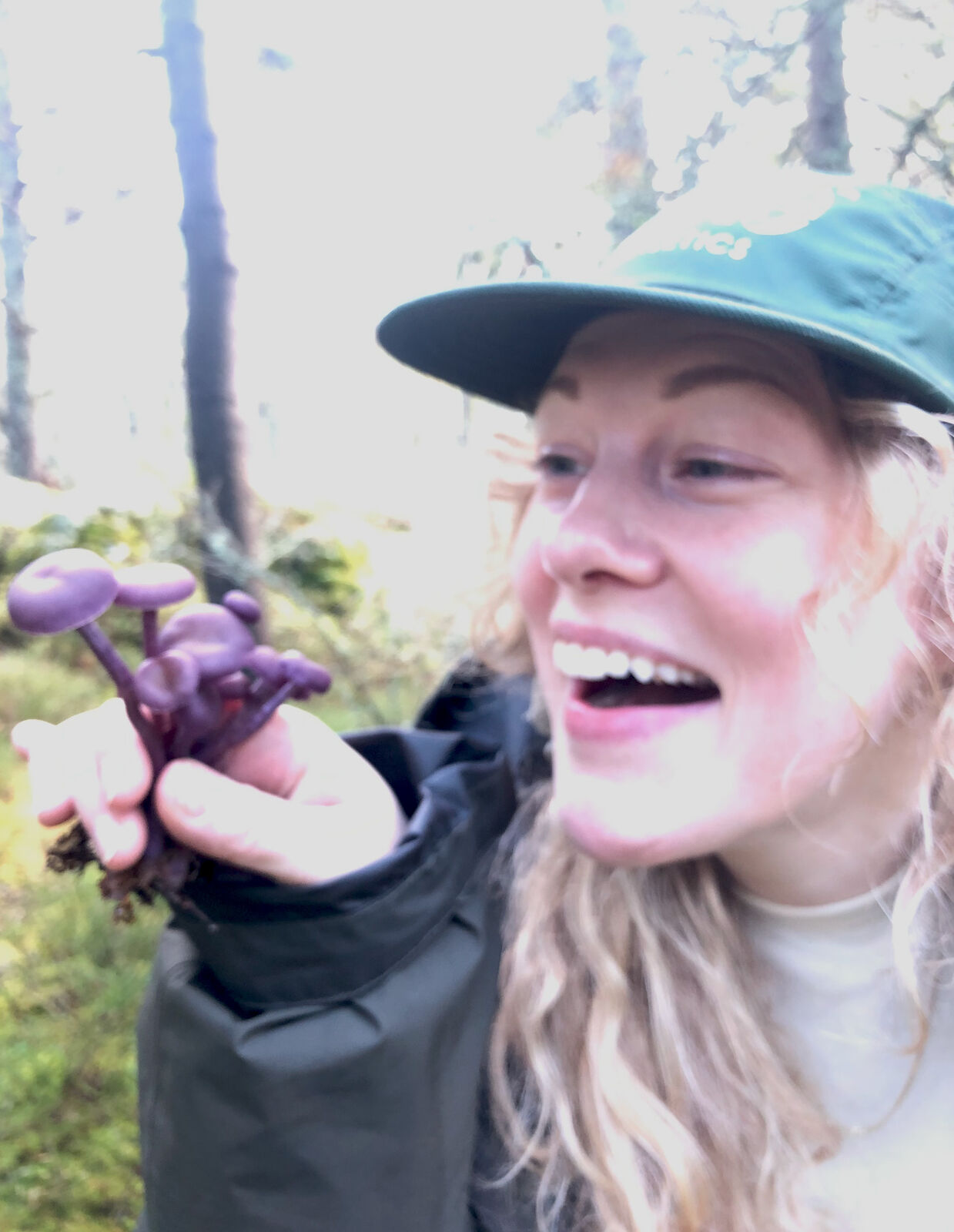
Hello friend,
Looking up, the leaves are performing a spectacular blaze of colour before they fall. There’s a whisper of winter in the air, and bareness about the edges of things. But looking down, under the fallen leaves and soggy branches, life continues abundantly. It’s mushroom season.
Is there anything more satisfying than tramping through the forest with a basket full of wild mushrooms? It feels so simple – yet, is there anything in our world so expansive in genus, form, and effect? Anything so contrary? Some emerge in symbiosis, others parasitically. While one improves muscle strength and reduces inflammation in the body, another is carcinogenic or even deadly. The scope of their healing and harming potential is as vast as anything in the universe.
Mycelium, the root-like network of fungus from which mushrooms sprout, holds life as we know it together. Mycelium keeps our crops and trees alive, and breaks down old material to absorb and redistribute nutrients. Without it, it would be hard, if not impossible for life on Earth to survive.
Fungi are organisms unlike any other, long ignored and wildly misunderstood. But there’s a bubbling of activity from amateur mycologists, citizen scientists and professional researchers. Mushrooms are having a moment.
So to this month: it’s mushroom month.

Think of a mushroom and what do you picture? It’s probably a classic “toadstool”, with a glossy red cap and little white spots. It’s perhaps the world’s most recognisable mushroom – depicted in children’s books as a tiny house for fairies, or an umbrella for garden nymphs. The Amanita Muscaria, or Fly Agaric, is known as a poisonous mushroom. Parents tell their children not to touch it lest the toxins melt into their bloodstream through their skin. Somehow, Fly Agaric has adopted a reputation more dangerous than any other mushroom in the forest – even the innocent-looking-but-accurately-named Destroying Angel.
And while it’s not advised to pick and eat any mushroom raw (not even the champignons you buy from the supermarket) you can never be poisoned just by touching a mushroom. Fly Agarics can be poisonous if eaten raw or not prepared properly, but they can also be prepared and eaten safely with the right instructions. Not something I’d recommend, but it’s possible.
But mushrooms are not just for eating, and the Fly Agaric’s healing properties far outweigh its hard-won edibility. In fact, the mushroom has been gathered and made into tinctures, salves or decoctions for medicinal purposes throughout Europe and Siberia for hundreds of years. (And probably a good measure of historical inebriation during the 17th and 18th centuries, too.)
Modern research has shown that there’s some scientific basis behind the old remedies. A compound in the mushroom (“muscimol”, from which the “muscaria” name comes) has been found to have anti-tumour and memory-protecting qualities. Beyond that, anecdotal evidence claims wide-ranging uses, and can reduce muscle-soreness, fatigue, depression and tinnitus.

Sometimes there is a book that opens a portal between two worlds – on one side, the general population; on the other, experts. The book makes it possible for us everyday folk to peer in and see the rich and detailed world usually available only to experts. It helps us understand, raises our eyebrows and piques our interest.
In Entangled Life, biologist and writer Merlin Sheldrake invites us into the field of mycology. The book weaves between pop-culture, science, and psychedelia and a mind-boggling range of information. It’s brimming with facts and stories – from the abundance of mycelium, the potential for cleaning and healing with fungi, to detailed insights into mycelium sensitivity and its problem-solving capabilities. But one of the most interesting ideas in Sheldrake’s book is how his field of study reveals a deeper sense of symbiosis and oneness.
“Many scientific concepts—from time to chemical bonds to genes to species—lack stable definitions but remain helpful categories to think with. From one perspective, “individual” is no different: just another category to guide human thought and behaviour. Nonetheless, so much of daily life and experience—not to mention our philosophical, political, and economic systems—depends on individuals that it can be hard to stand by and watch the concept dissolve. Where does this leave “us”? What about “them”? “Me”? “Mine”? “Everyone”? “Anyone”?”
By observing the world from a microscopic level, it’s clear to see how without lichens, moulds, mosses, and mycelium, there is no life at all. There is no single moment where the self stops and the other begins – everything is completely intertwined, spiralling through time in an infinite microbial waltz.
“…it is no longer possible to conceive of any organism—humans included —as distinct from the microbial communities they share a body with. The biological identity of most organisms can’t be pried apart from the life of their microbial symbionts. The word ecology has its roots in the Greek word oikos, meaning “house,” “household,” or “dwelling place.” Our bodies, like those of all other organisms, are dwelling places. Life is nested biomes all the way down.
We can’t be defined on anatomical grounds because our bodies are shared with microbes and consist of more microbial cells than our “own”— cows can’t eat grass, for example, but their microbial populations can, and cows’ bodies have evolved to house the microbes that sustain them.”
Thinking like this puts a scientific spin on the classic Zen Buddhist philosophy of “no birth, no death” – whereby there can be no concept of singular birth or death, as every atomic element of being is in a perpetual dance of borrowing and sharing. Nothing comes from nothing, and nothing ever disappears completely.
If you haven’t yet seen that mushroom documentary on Netflix (Fantastic Fungi), let this be the sign you are waiting for to watch it. Director Louie Schwartzenburg took 15 years painstakingly capturing the beautiful unfurling time-lapse films of mushrooms growing, which were created in his home studio. (See behind the scenes here.)
“I set up shots in the morning. I check them at night. I realised I’ve turned it into a spiritual practice. It actually, literally, gets me up in the morning… I have to imagine what the framing and the composition is going to look like tomorrow, or two days from now, or a week from now. And that is a transformational experience because you have to put your mind into the mindset and the intention of the flower or the fungi, thinking where it’s going to grow, how big will it get? And if you’re right, boy, it’s a rush. If you’re wrong, it means you’ve just got to do it all over again.”

A wonder of the world: the Common Bird’s Nest Fungus, which is known in Sweden as a “bread basket”. Read more about it here.
Until next month…
May you be well, happy, whole, and free.
T & B
~~~~~~
Invite your friends to subscribe!
![]() Being with dark and light
Being with dark and light![]() Don't leave!
Don't leave!![]() Unlikely meeting points & unlikely collaborations 🌗
Unlikely meeting points & unlikely collaborations 🌗![]() Sit in the middle of things 🧘♀️🪻
Sit in the middle of things 🧘♀️🪻![]() 5 things I learned at a Buddhist monastery
5 things I learned at a Buddhist monastery![]() 6 good things to do
6 good things to do![]() Extraordinary ordinariness: space orbits and sleeping dogs
Extraordinary ordinariness: space orbits and sleeping dogs![]() The ebb and flow of things
The ebb and flow of things![]() A short breath in the bardo
A short breath in the bardo![]() A slender cord of grace
A slender cord of grace![]() Artists reflect on water
Artists reflect on water![]() A love letter to a loaded gun
A love letter to a loaded gun![]() Are you for real?
Are you for real?![]() What is a good life?
What is a good life?![]() Who decides what you think?
Who decides what you think?![]() When new year should be according to history...
When new year should be according to history...![]() Does Mozart really make you smarter?
Does Mozart really make you smarter?![]() Old stories to find light in dark times
Old stories to find light in dark times![]() The human need to put things together
The human need to put things together![]() The power of trends: the good, the bad and the pumpkin-spiced.
The power of trends: the good, the bad and the pumpkin-spiced.![]() From terrestrial to celestial – where do we find inspiration?
From terrestrial to celestial – where do we find inspiration?![]() The illusion of ownership
The illusion of ownership![]() Let’s go down the rabbit hole 🐇
Let’s go down the rabbit hole 🐇![]() Identity, the artist, and #goblinmode
Identity, the artist, and #goblinmode![]() Punk and her godmothers
Punk and her godmothers![]() The ultimate journey – homecoming, heroes and wholeness.
The ultimate journey – homecoming, heroes and wholeness.![]() It’s mushroom month...
It’s mushroom month...![]() Robots, AI and artistry, oh my!
Robots, AI and artistry, oh my!![]() Longevity, love and memory...
Longevity, love and memory...![]() Summer, Freud and a sonnet...
Summer, Freud and a sonnet...![]() When surreal makes sense – exploring with Dorothea Tanning, Olga Tokaczuk and more...
When surreal makes sense – exploring with Dorothea Tanning, Olga Tokaczuk and more...![]() Twists and turns with Mary Oliver, Alan Watts and Astrid Lindgren...
Twists and turns with Mary Oliver, Alan Watts and Astrid Lindgren...![]() First flowers of spring: the need for beauty and hope at all times
First flowers of spring: the need for beauty and hope at all times![]() Defining reality, playing with illusion with Robert Frost, Hilma Af Kilnt and more...
Defining reality, playing with illusion with Robert Frost, Hilma Af Kilnt and more...![]() Celebrating the cycles of light and dark with Joan Didion, Danez Smith and more...
Celebrating the cycles of light and dark with Joan Didion, Danez Smith and more...

 Being with dark and light
Being with dark and light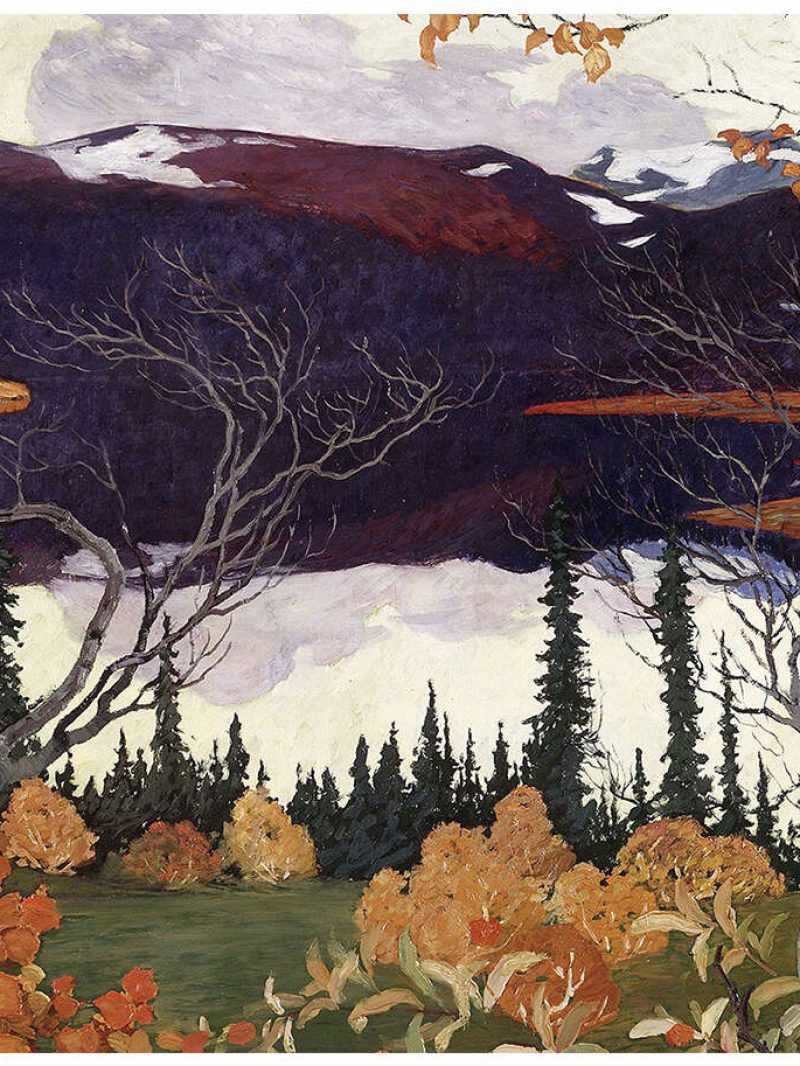 Don't leave!
Don't leave!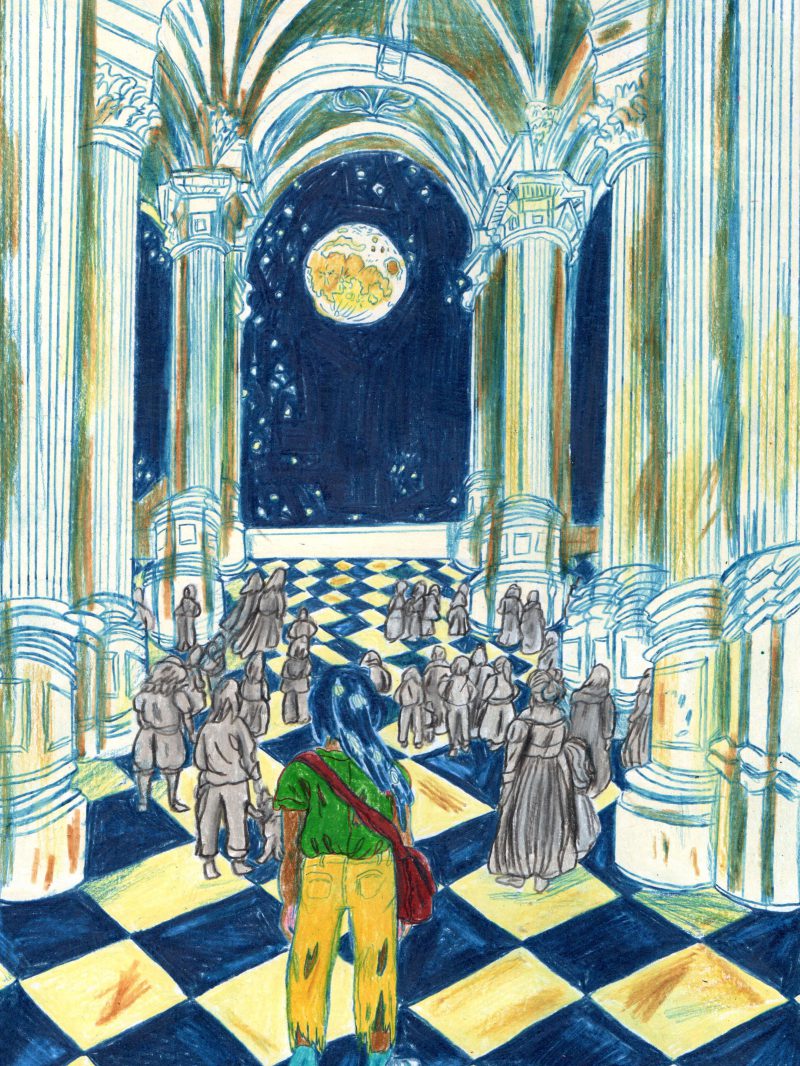 Unlikely meeting points & unlikely collaborations 🌗
Unlikely meeting points & unlikely collaborations 🌗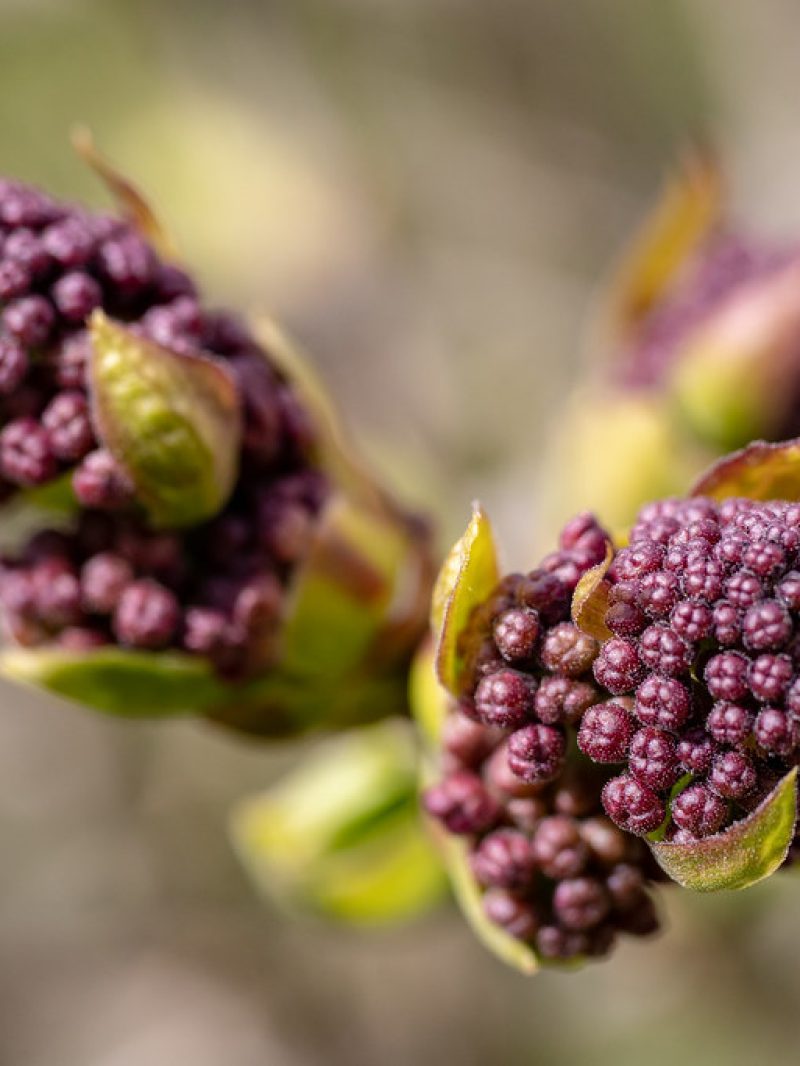 Sit in the middle of things 🧘♀️🪻
Sit in the middle of things 🧘♀️🪻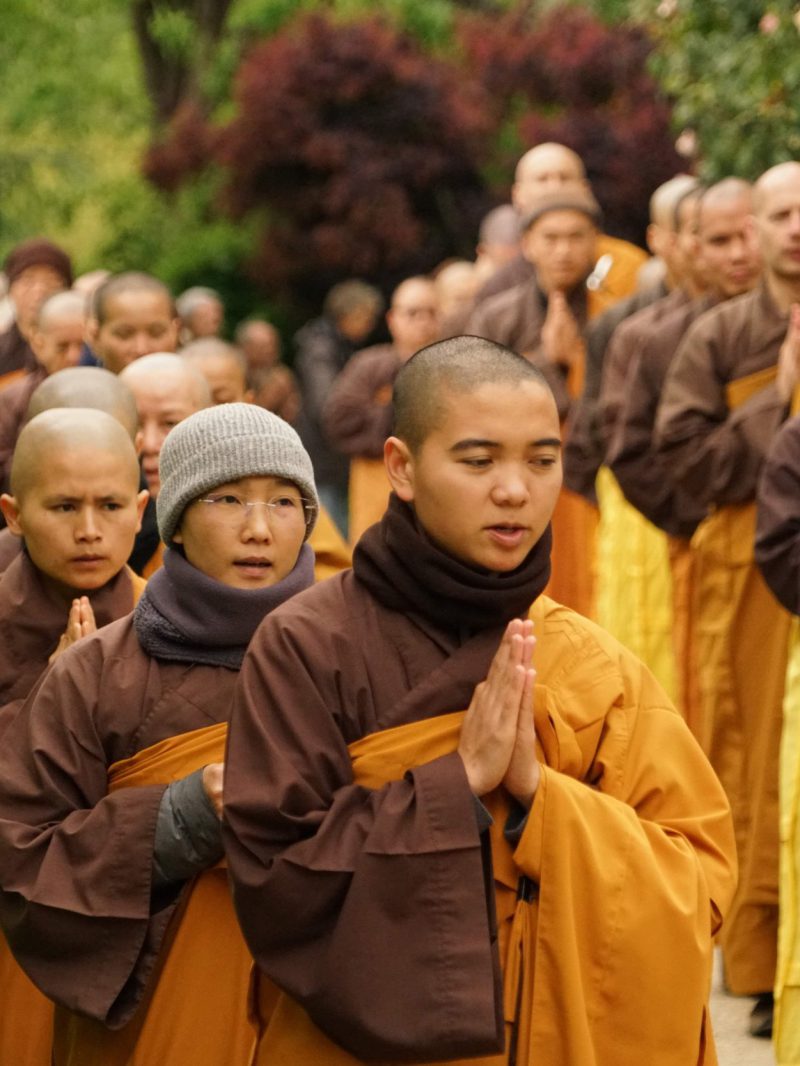 5 things I learned at a Buddhist monastery
5 things I learned at a Buddhist monastery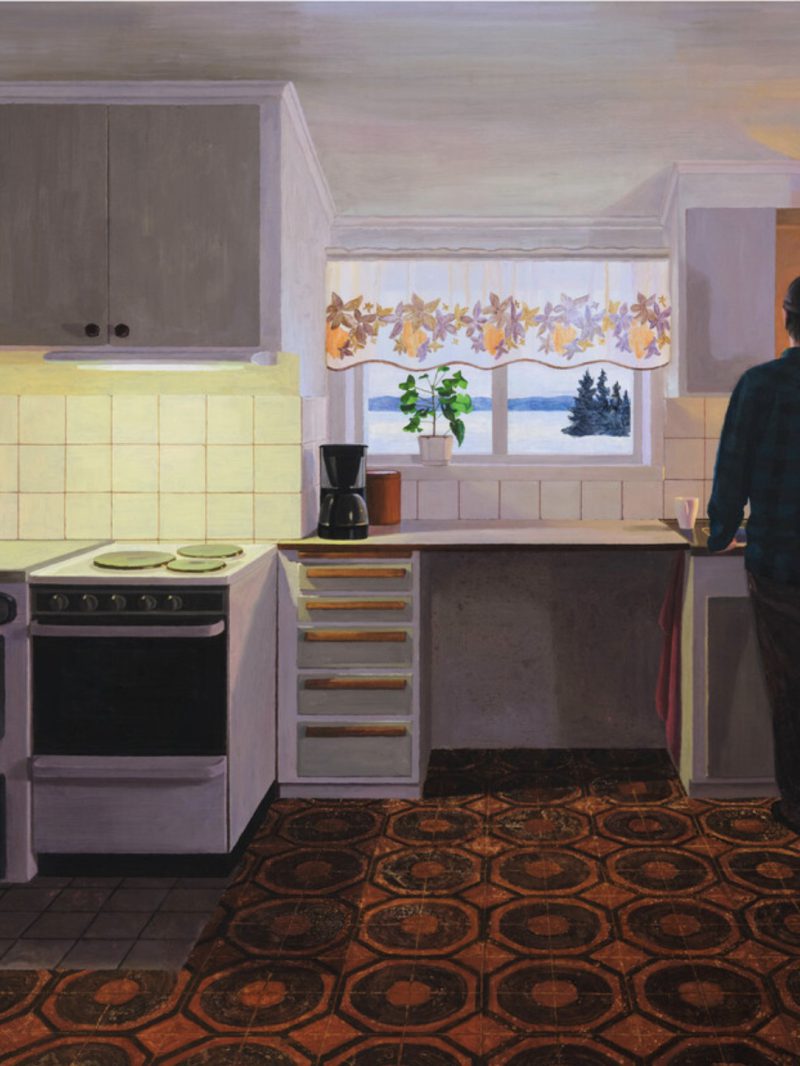 6 good things to do
6 good things to do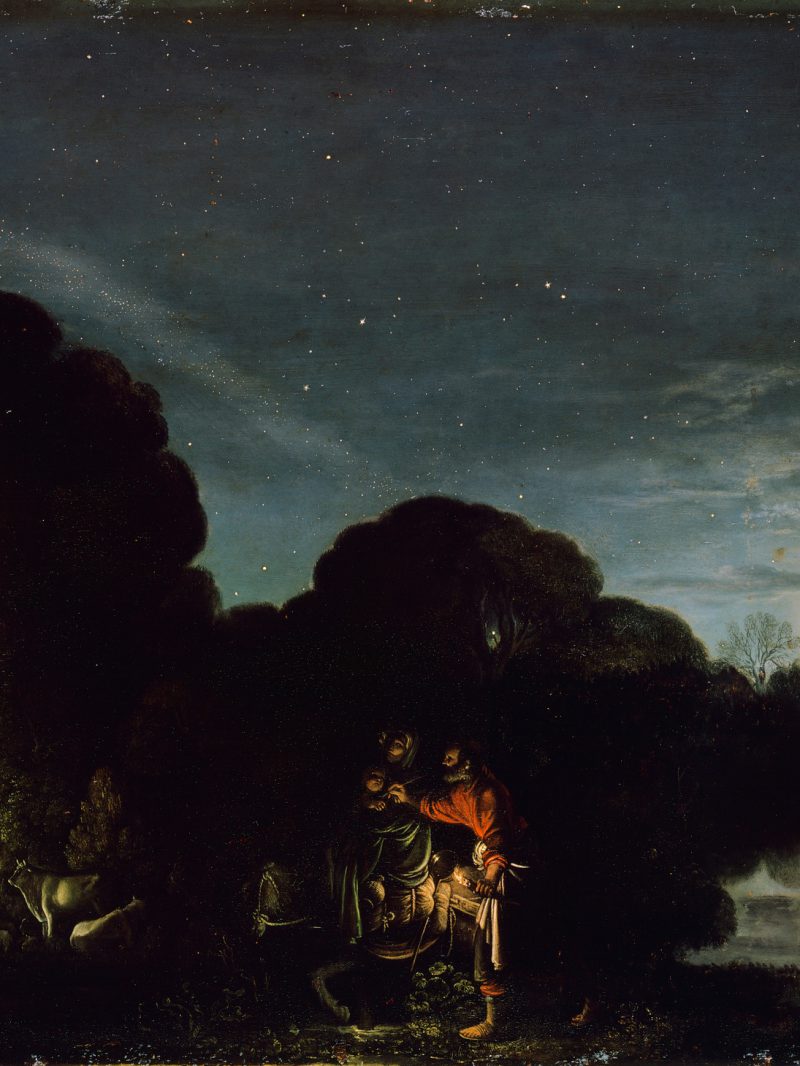 Extraordinary ordinariness: space orbits and sleeping dogs
Extraordinary ordinariness: space orbits and sleeping dogs The ebb and flow of things
The ebb and flow of things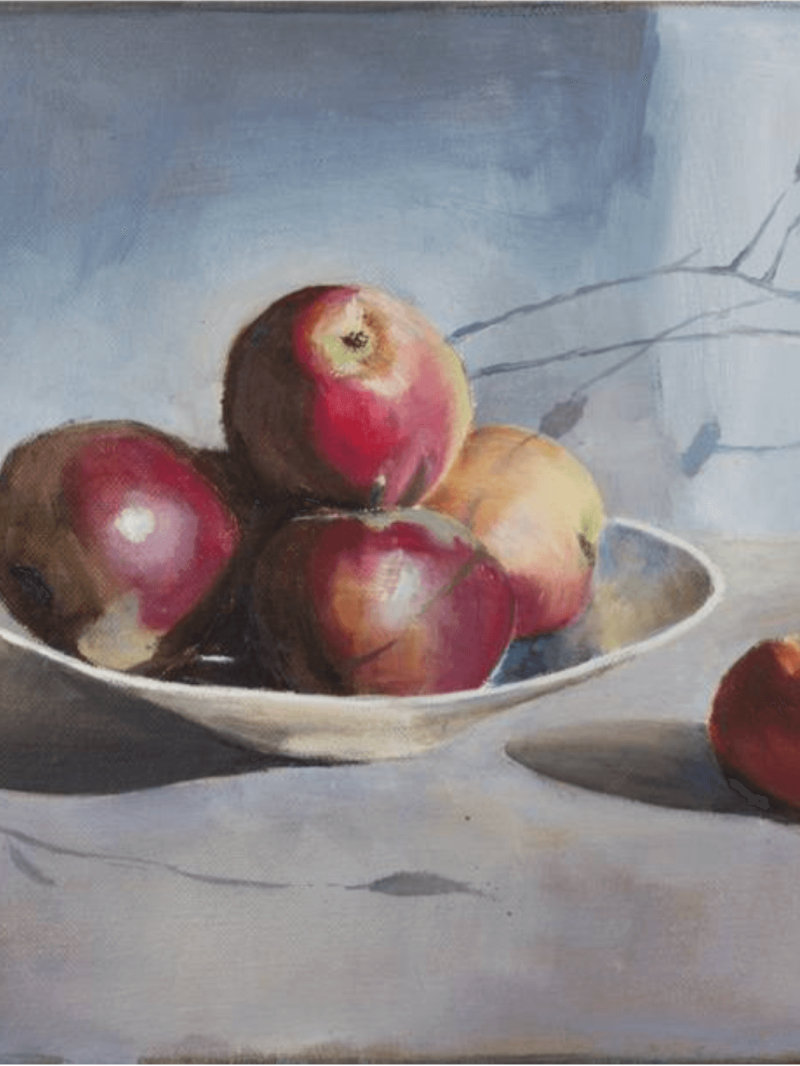 A short breath in the bardo
A short breath in the bardo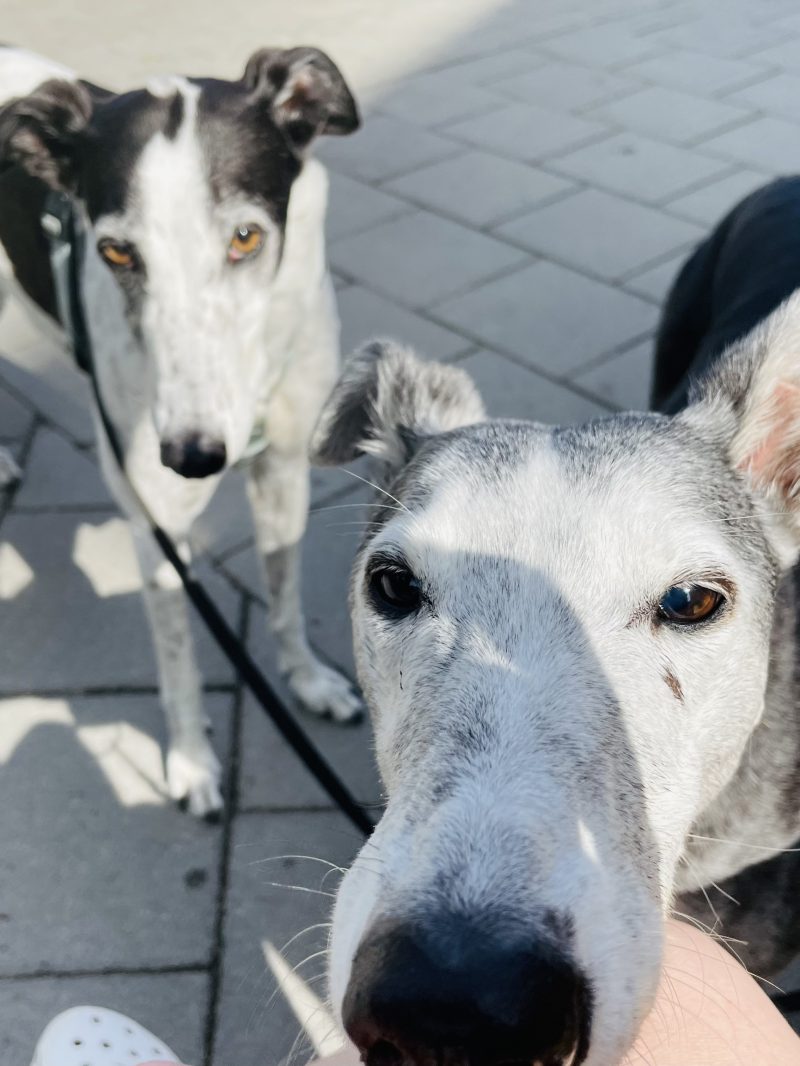 A slender cord of grace
A slender cord of grace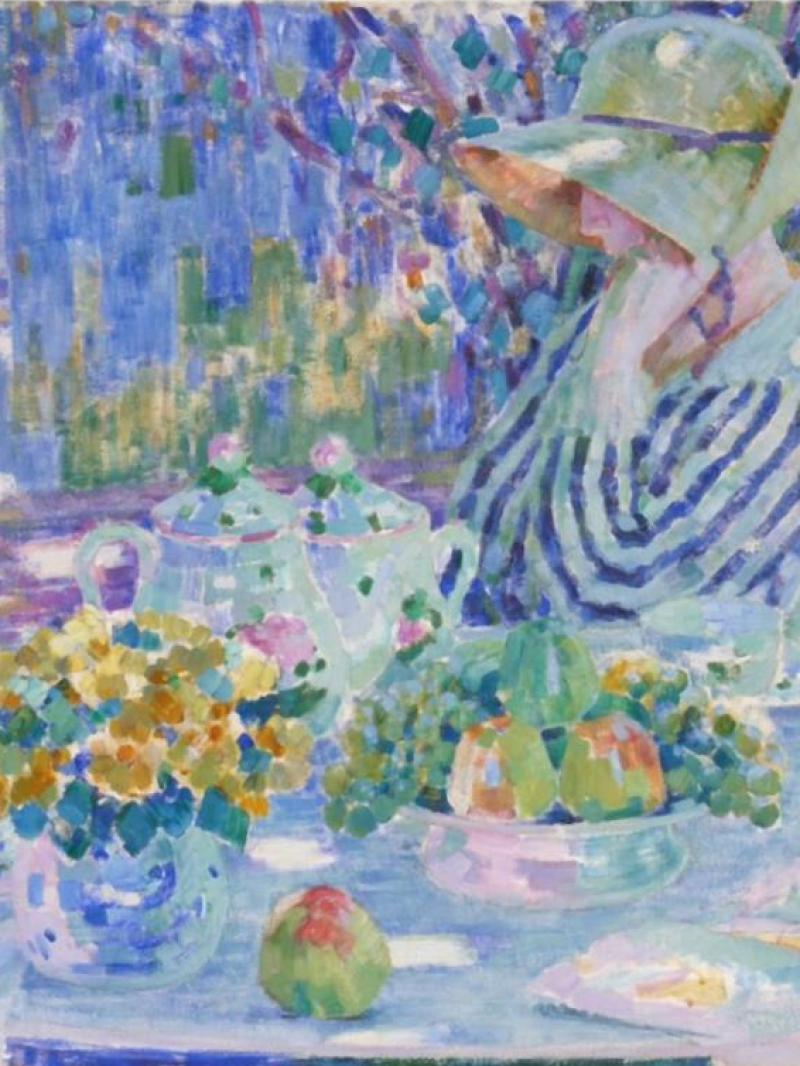 Artists reflect on water
Artists reflect on water A love letter to a loaded gun
A love letter to a loaded gun Are you for real?
Are you for real?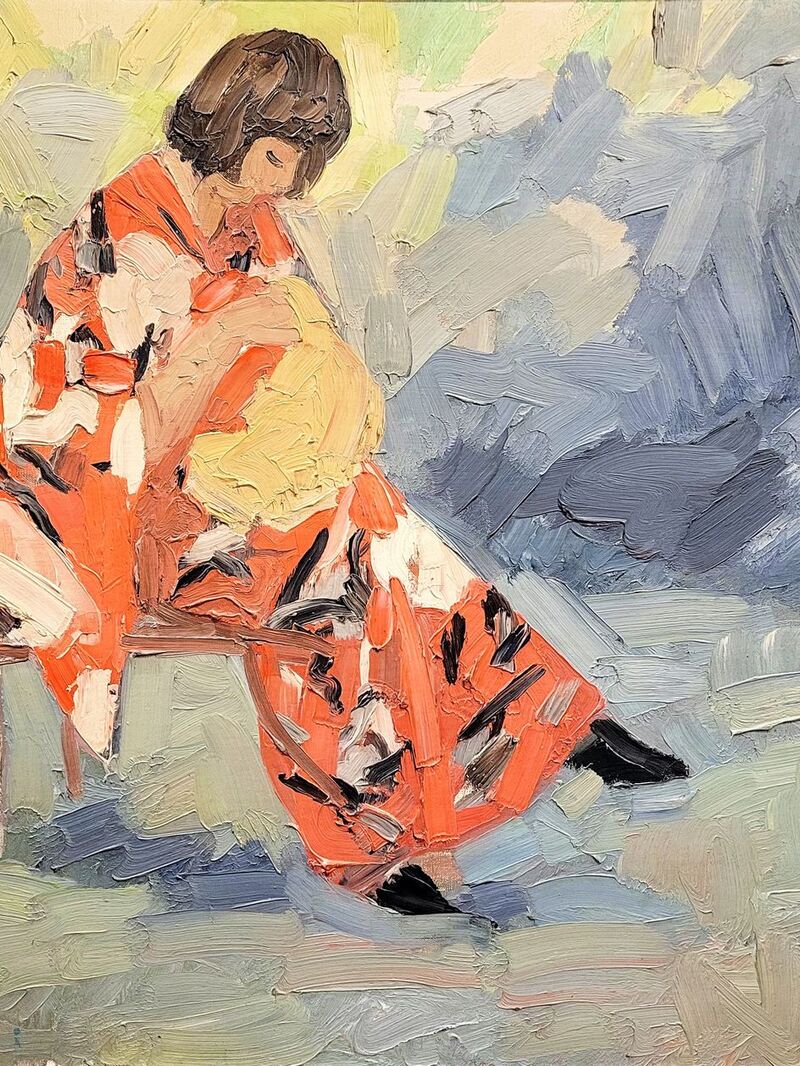 What is a good life?
What is a good life?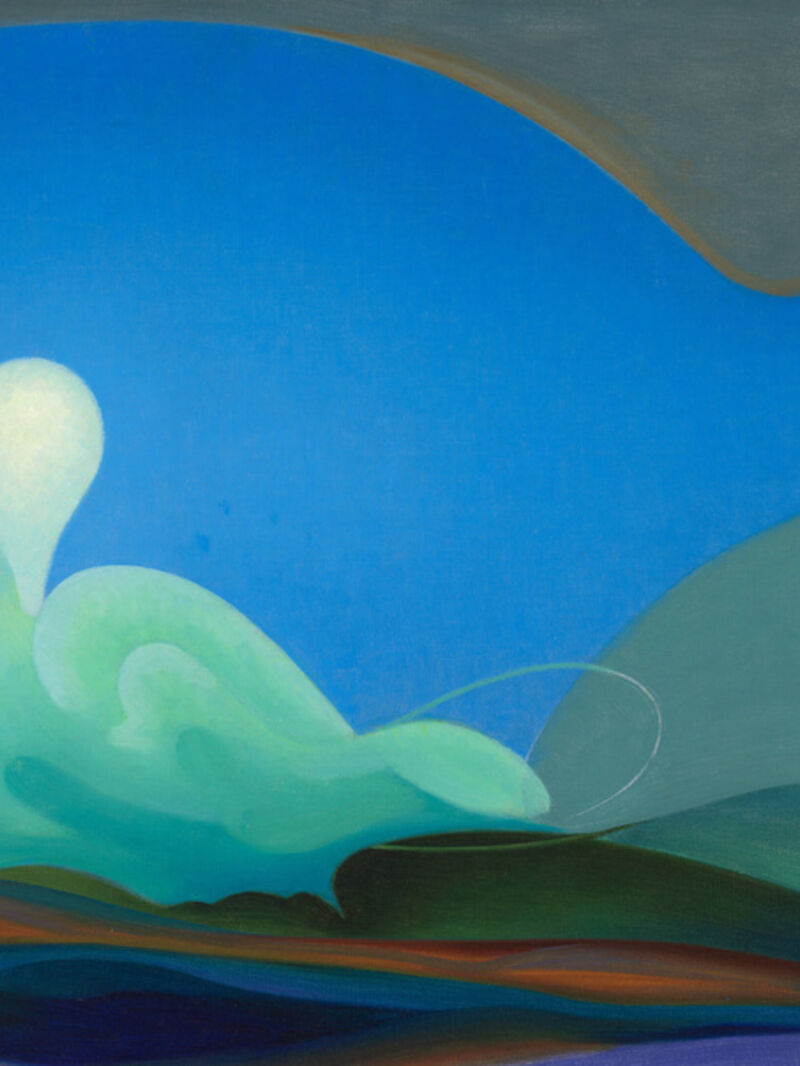 Who decides what you think?
Who decides what you think?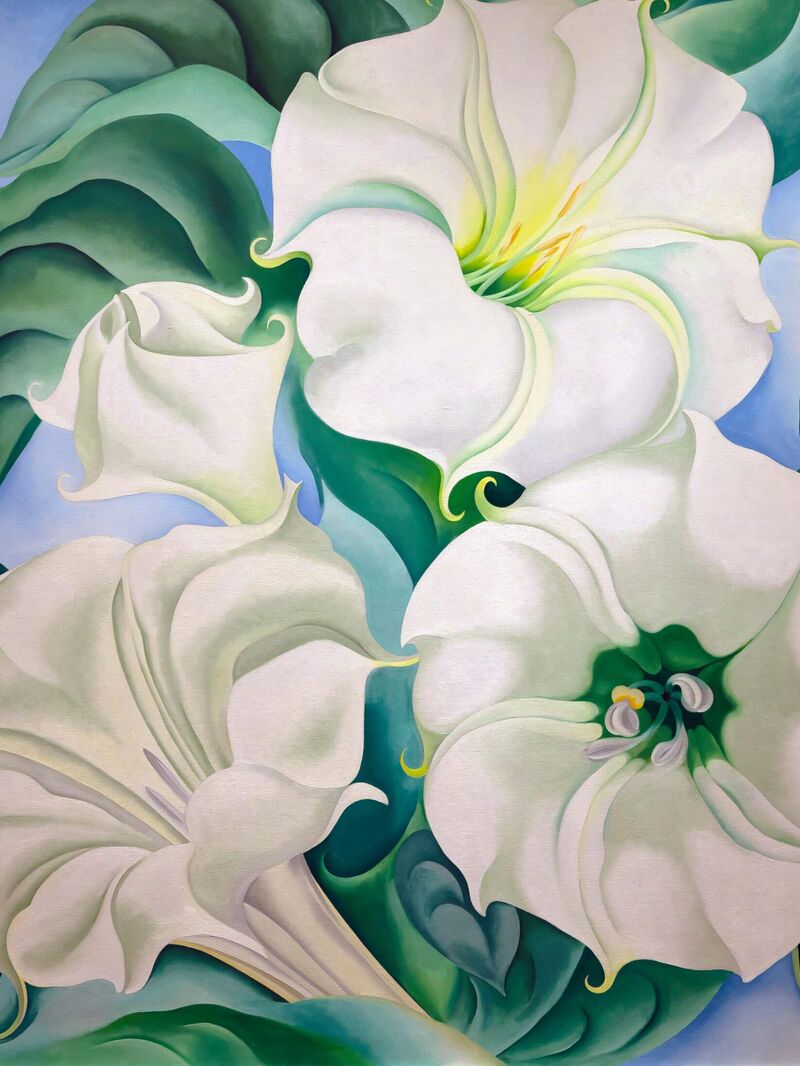 When new year should be according to history...
When new year should be according to history...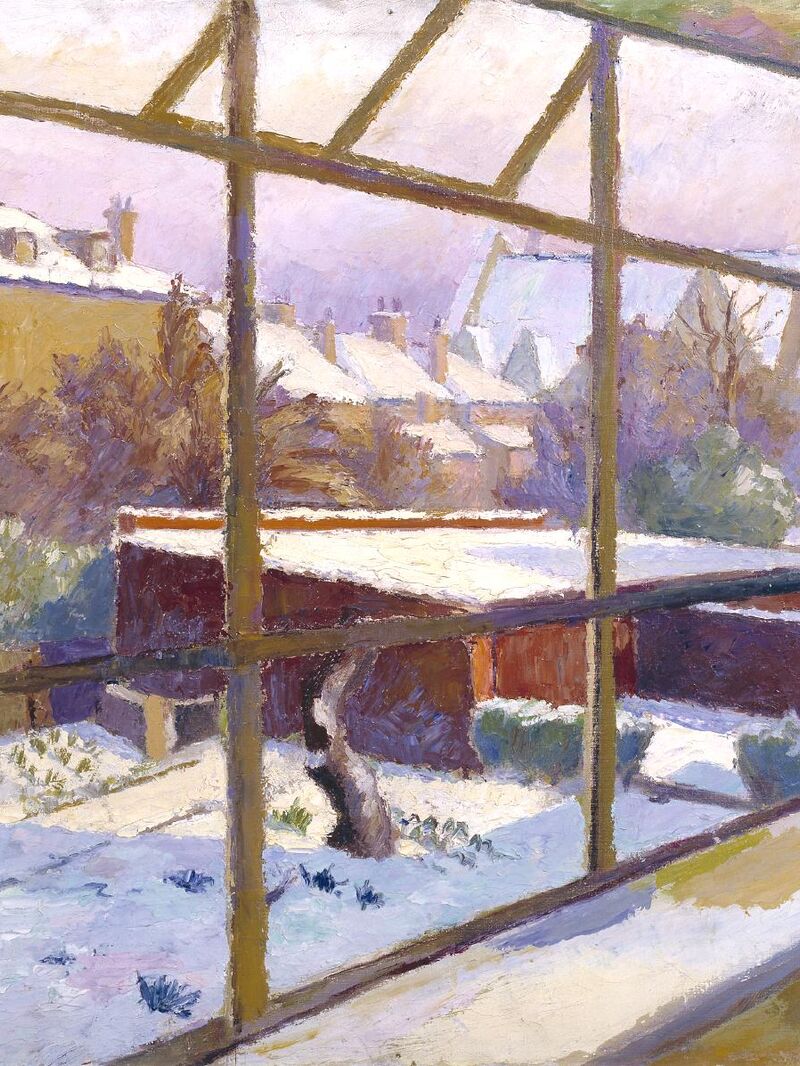 Does Mozart really make you smarter?
Does Mozart really make you smarter?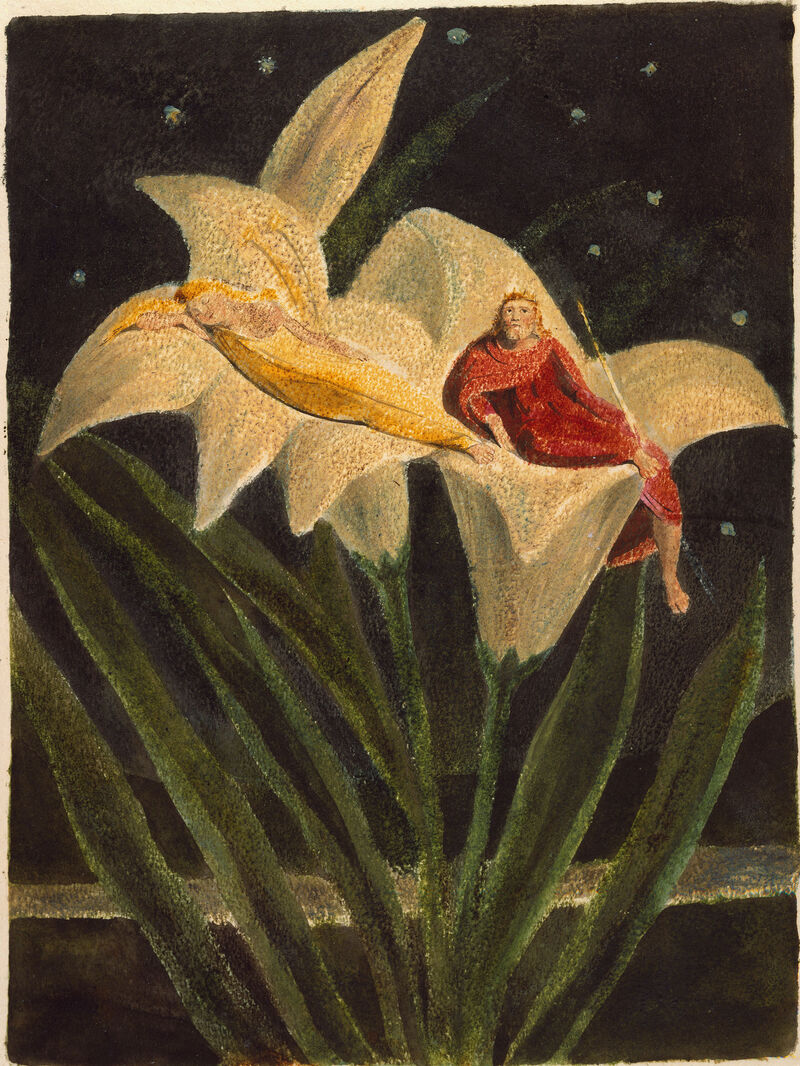 Old stories to find light in dark times
Old stories to find light in dark times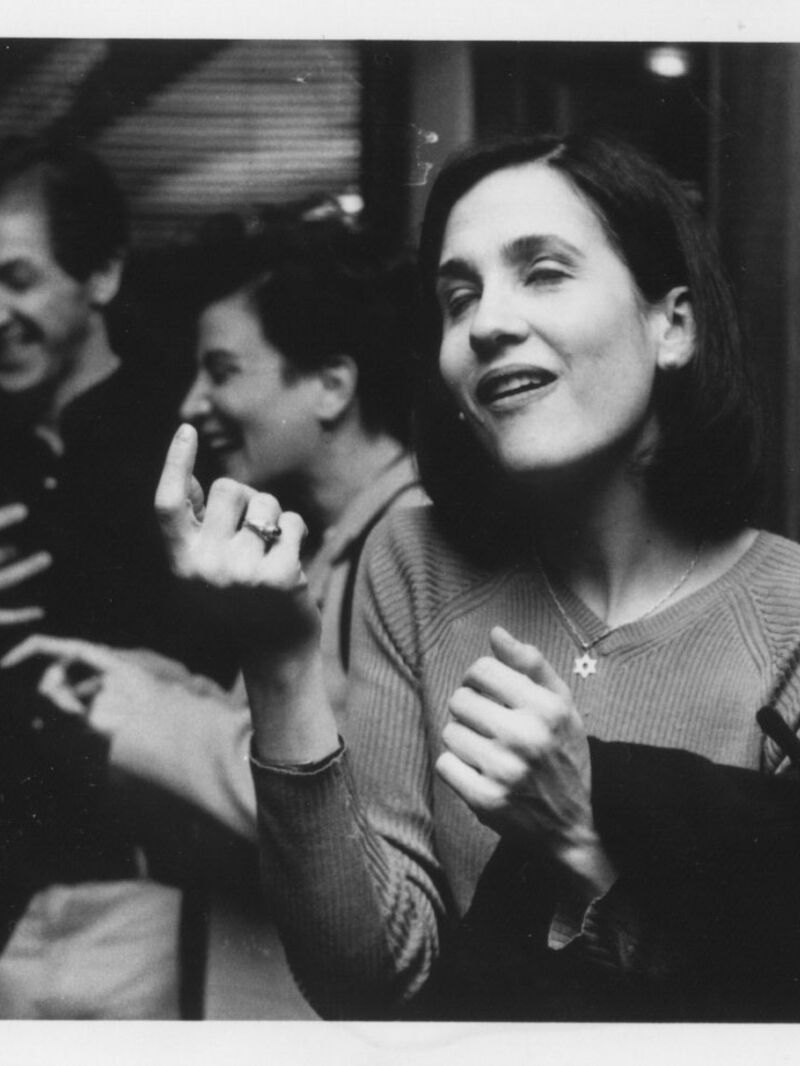 The human need to put things together
The human need to put things together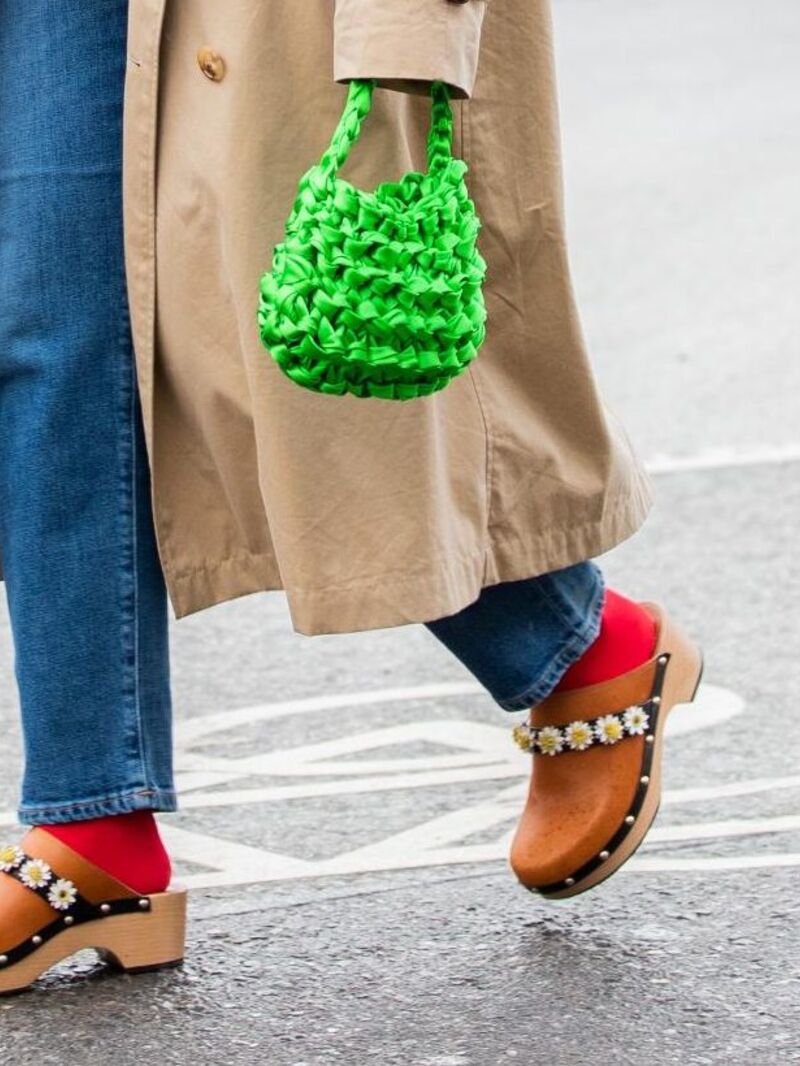 The power of trends: the good, the bad and the pumpkin-spiced.
The power of trends: the good, the bad and the pumpkin-spiced. From terrestrial to celestial – where do we find inspiration?
From terrestrial to celestial – where do we find inspiration? The illusion of ownership
The illusion of ownership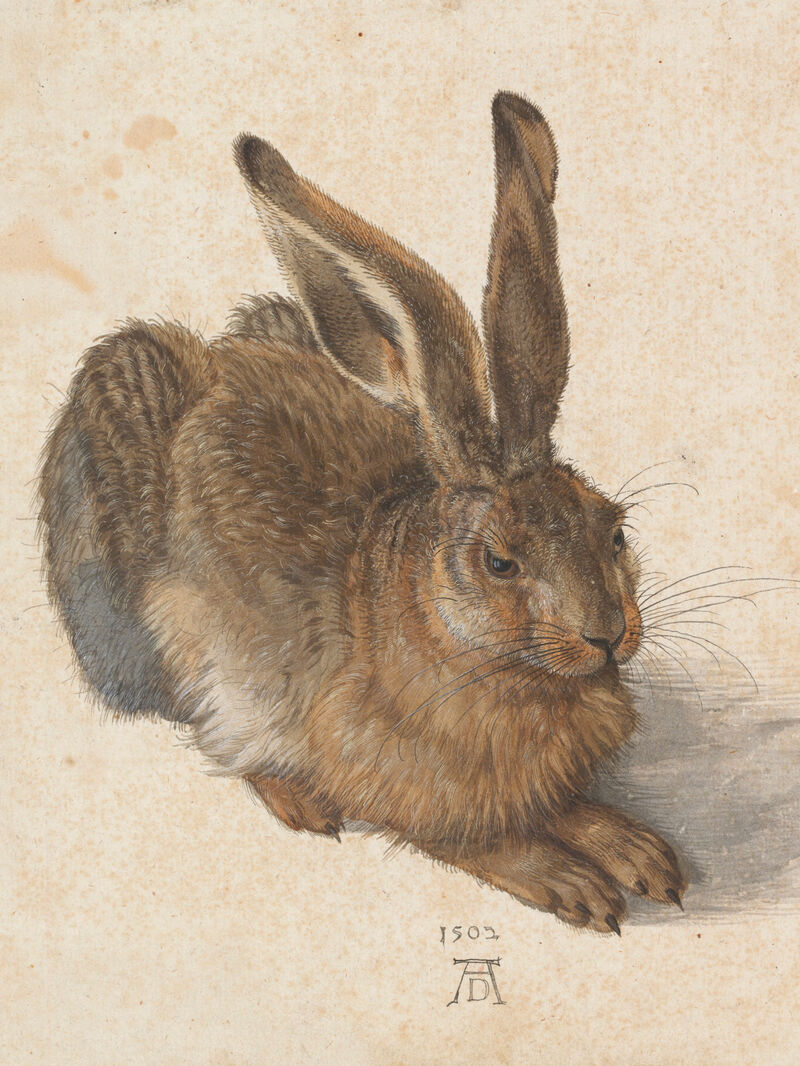 Let’s go down the rabbit hole 🐇
Let’s go down the rabbit hole 🐇 Identity, the artist, and #goblinmode
Identity, the artist, and #goblinmode Punk and her godmothers
Punk and her godmothers The ultimate journey – homecoming, heroes and wholeness.
The ultimate journey – homecoming, heroes and wholeness.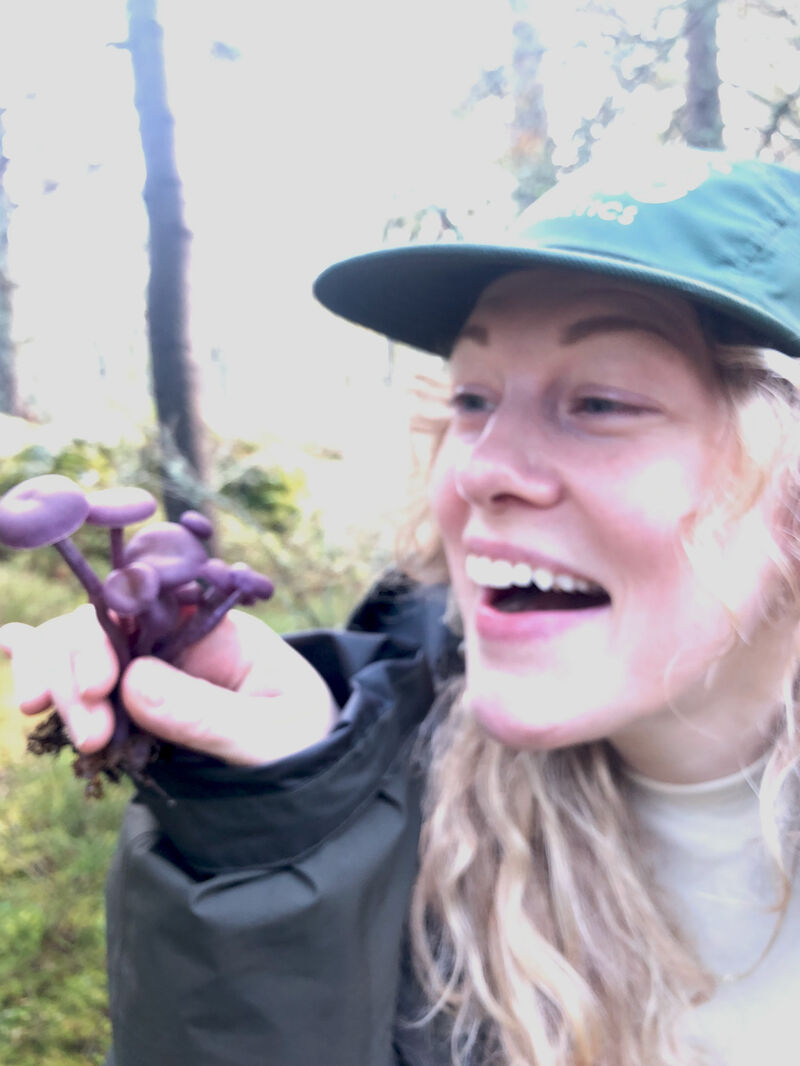 It’s mushroom month...
It’s mushroom month...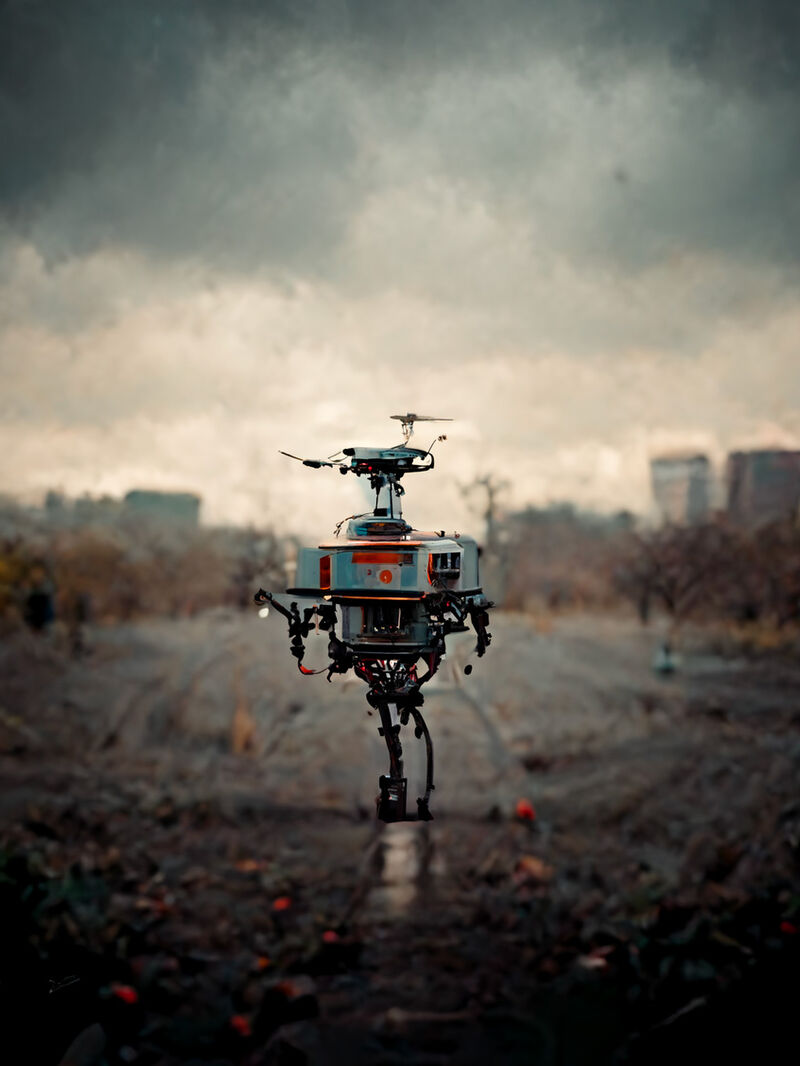 Robots, AI and artistry, oh my!
Robots, AI and artistry, oh my! Longevity, love and memory...
Longevity, love and memory... Summer, Freud and a sonnet...
Summer, Freud and a sonnet...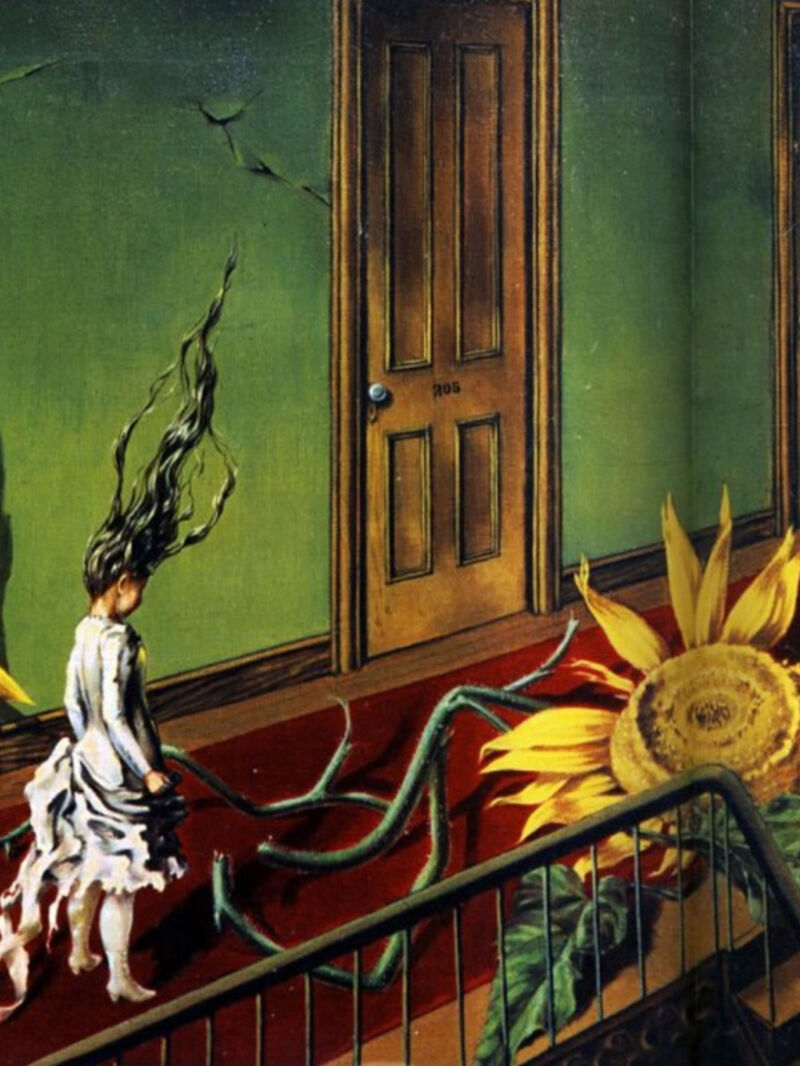 When surreal makes sense – exploring with Dorothea Tanning, Olga Tokaczuk and more...
When surreal makes sense – exploring with Dorothea Tanning, Olga Tokaczuk and more...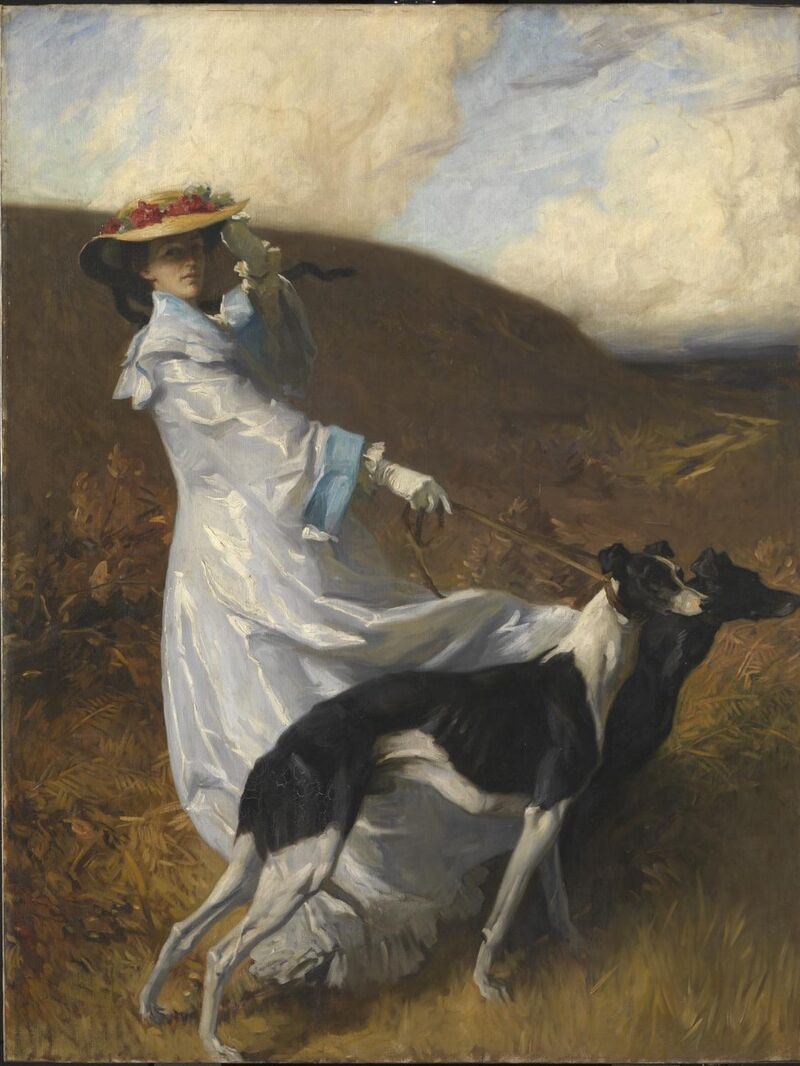 Twists and turns with Mary Oliver, Alan Watts and Astrid Lindgren...
Twists and turns with Mary Oliver, Alan Watts and Astrid Lindgren...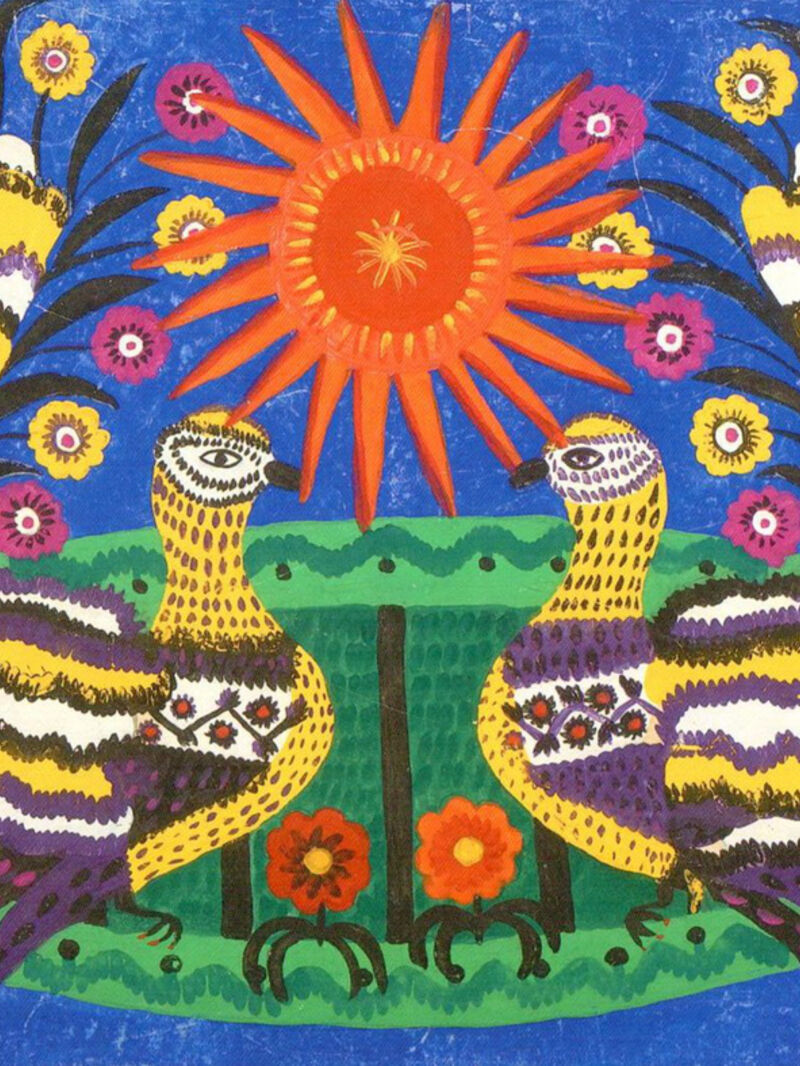 First flowers of spring: the need for beauty and hope at all times
First flowers of spring: the need for beauty and hope at all times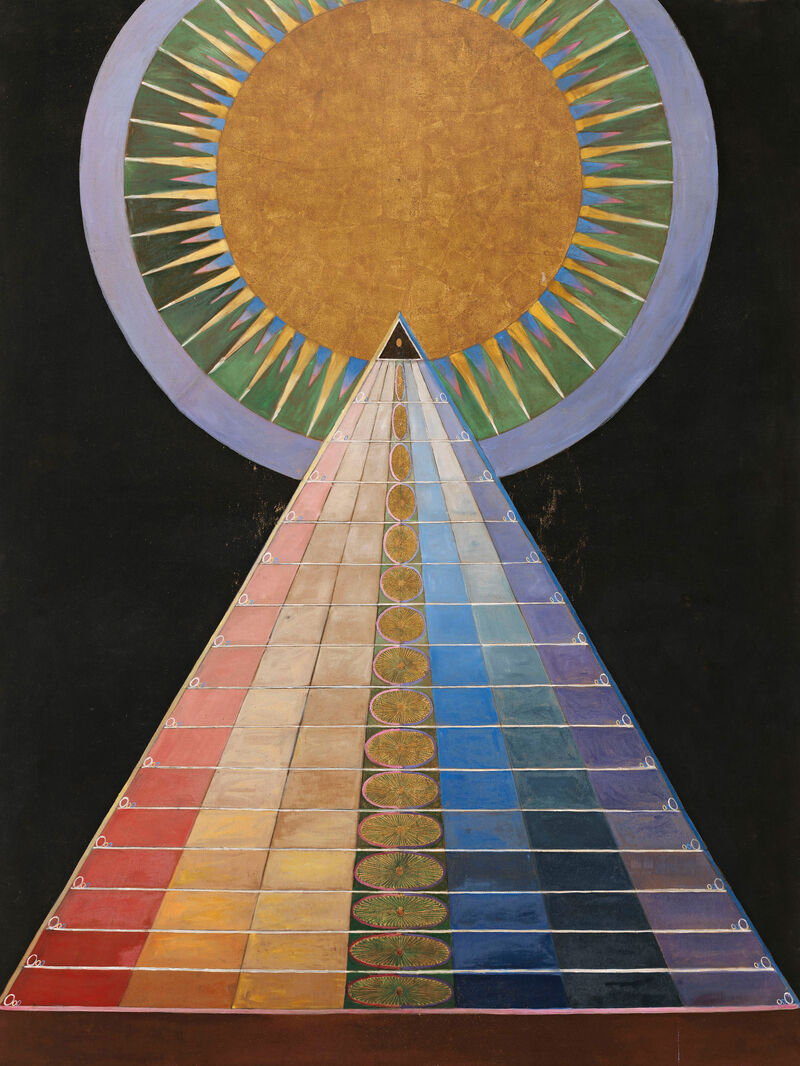 Defining reality, playing with illusion with Robert Frost, Hilma Af Kilnt and more...
Defining reality, playing with illusion with Robert Frost, Hilma Af Kilnt and more...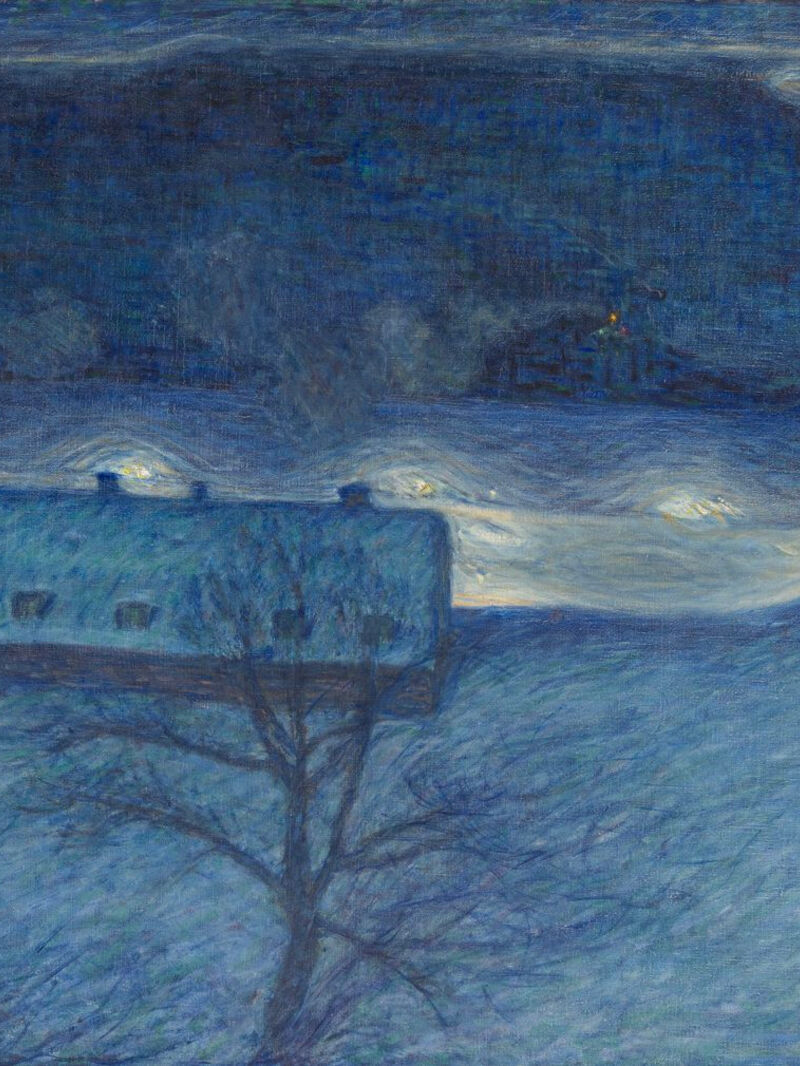 Celebrating the cycles of light and dark with Joan Didion, Danez Smith and more...
Celebrating the cycles of light and dark with Joan Didion, Danez Smith and more...